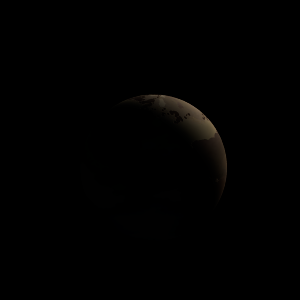|
|
Space Astro
|
Info for exoplanet "Ruryo-cha"
| Scientific (actual) data |
|---|
| Name | Kepler-122 d |
| Planet status | Confirmed |
| Radius | 0.196 |
| Orbital period | 21.5875 |
| Semi major axis | 0.155 |
| Discovered | 2014 |
| Updated | 2021-02-05 |
| Tconj | 2454980 |
| Impact parameter | 0.01 |
| Publication | Announced on a website |
| Detection type | Primary Transit |
| Alternate names | 2MASS J19242685+3956567 d, K00232.03, KIC 4833421 d, KOI-232 d, KOI-232.03, WISE J192426.85+395656.6 d |
| Star name | Kepler-122 |
| Right ascension | 291.11° |
| Declination | 39.95° |
| Mag j | 13.173 |
| Mag h | 12.887 |
| Mag k | 12.826 |
| Star distance | 1058.58 |
| Star metallicity | -0.202 |
| Star mass | 0.99 |
| Star radius | 1.22 |
| Star temperature | 6050 |
| Star alternate names | 2MASS J19242685+3956567, KIC 4833421, KOI-232, WISE J192426.85+395656.6 |
| Wikipedia article | Kepler-122 d |
Back
| |
| Fictional info (?) |
|---|
| Suggested name | Ruryo-cha |
| Planet type | Terrestrial |
| A prominent result is the "great yellow spot", a giant storm that is known to have existed for centuries since it was first seen by telescope. |
| Atmosphere | Ethane | 56% |
| Helium | 32% |
| Molecular hydrogen | 7.1% |
| Sulfur dioxide | 2.2% |
| Formaldehyde | 1.2% |
| Krypton | 0.032% |
| Atmospheric pressure | 29 bar |
 |
| No known satellites |
| Google search for Ruryo-cha |
|
Website by Joachim Michaelis
|
|
|
|